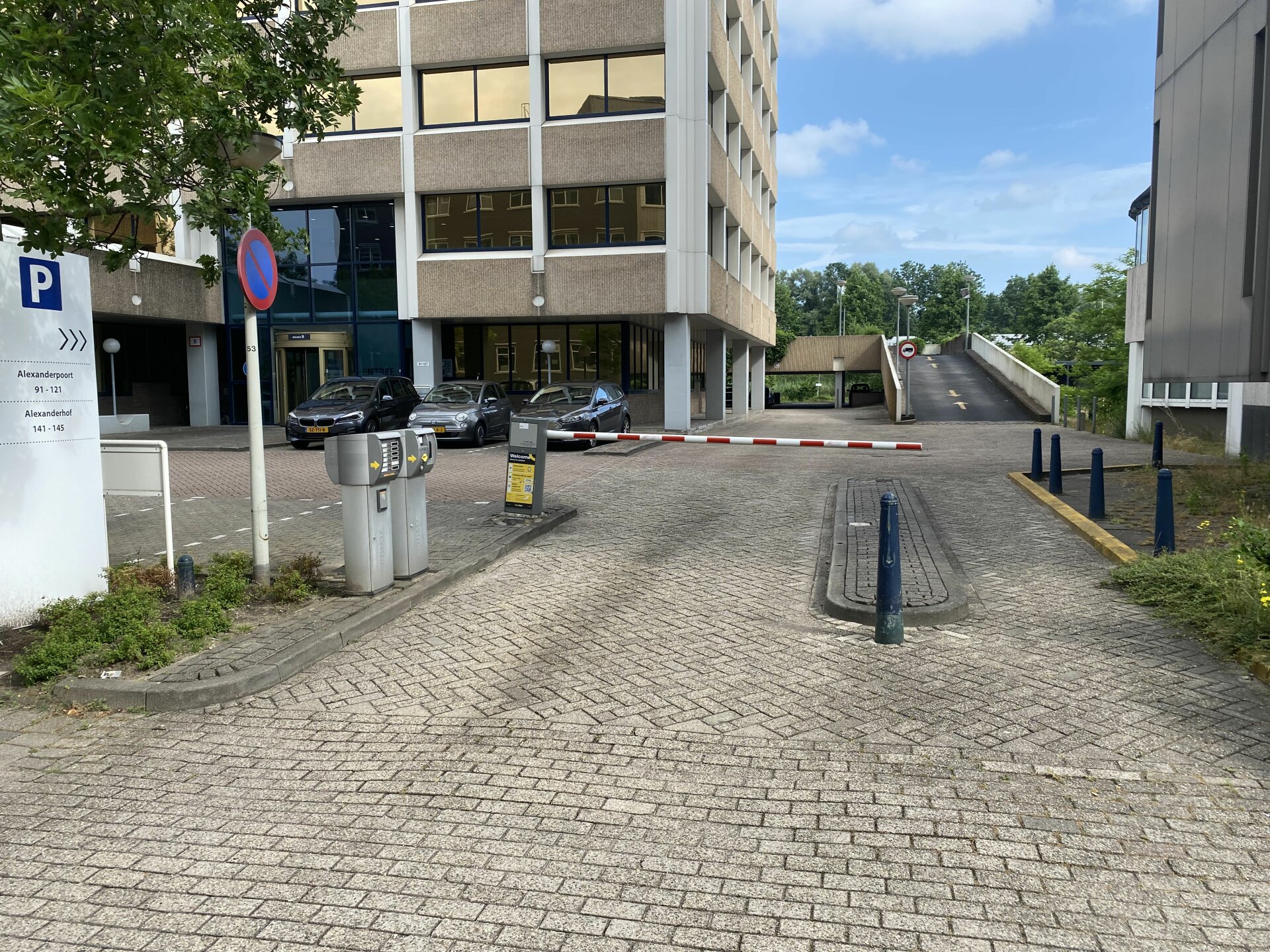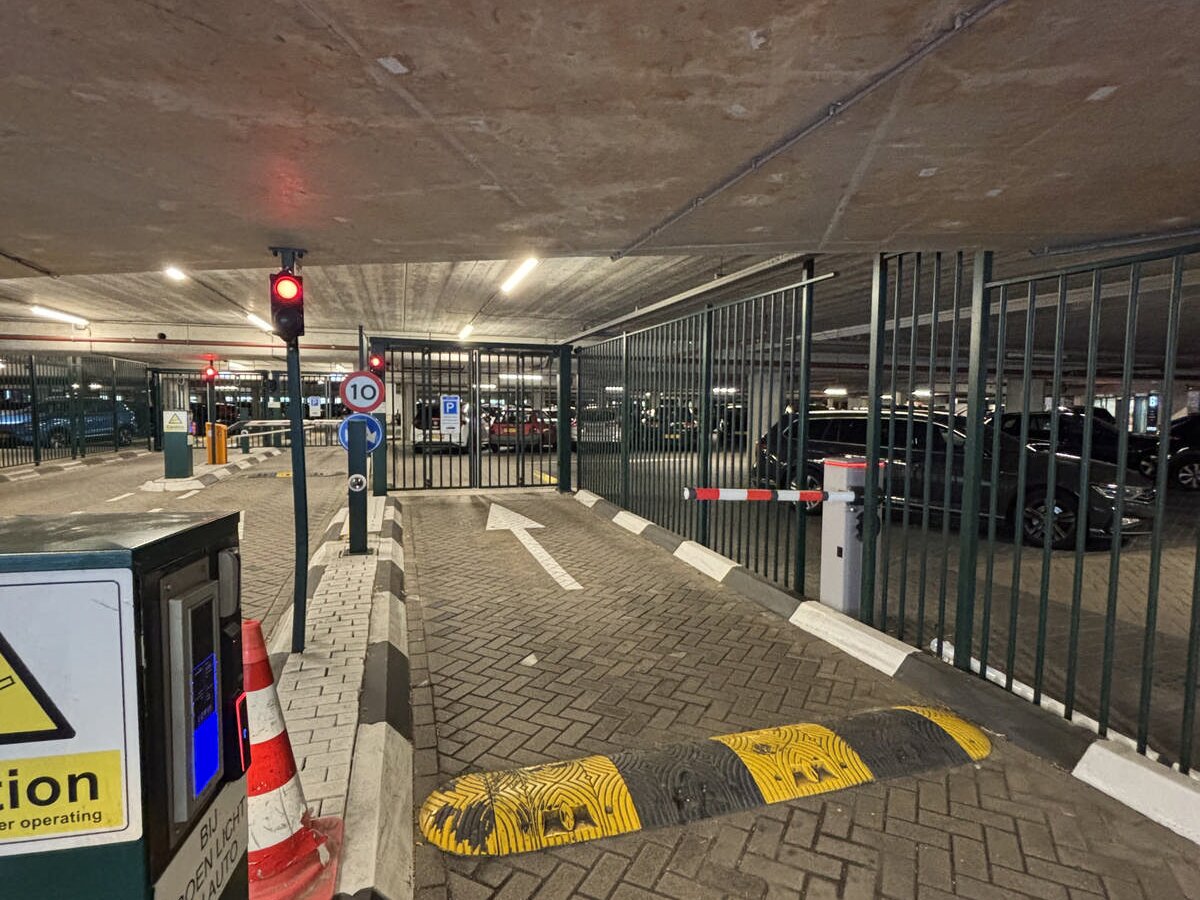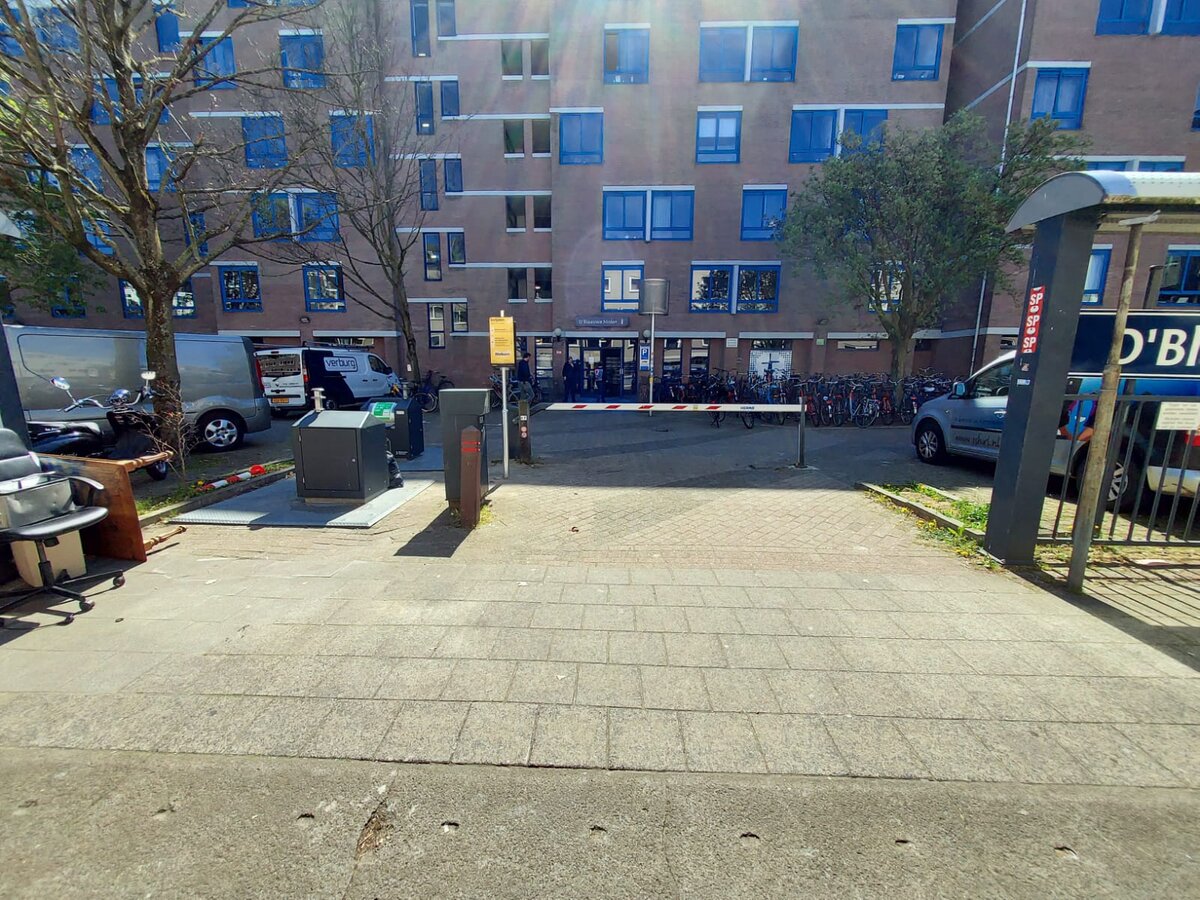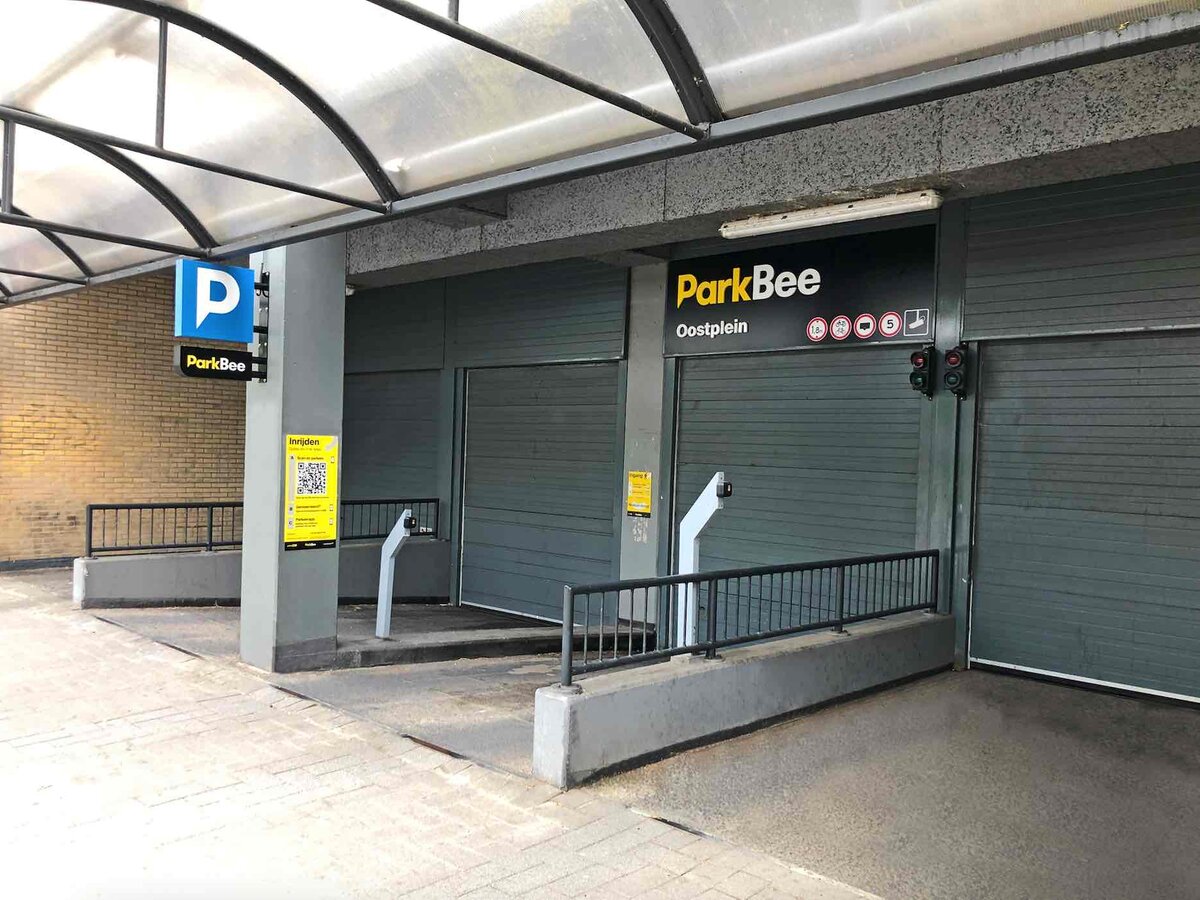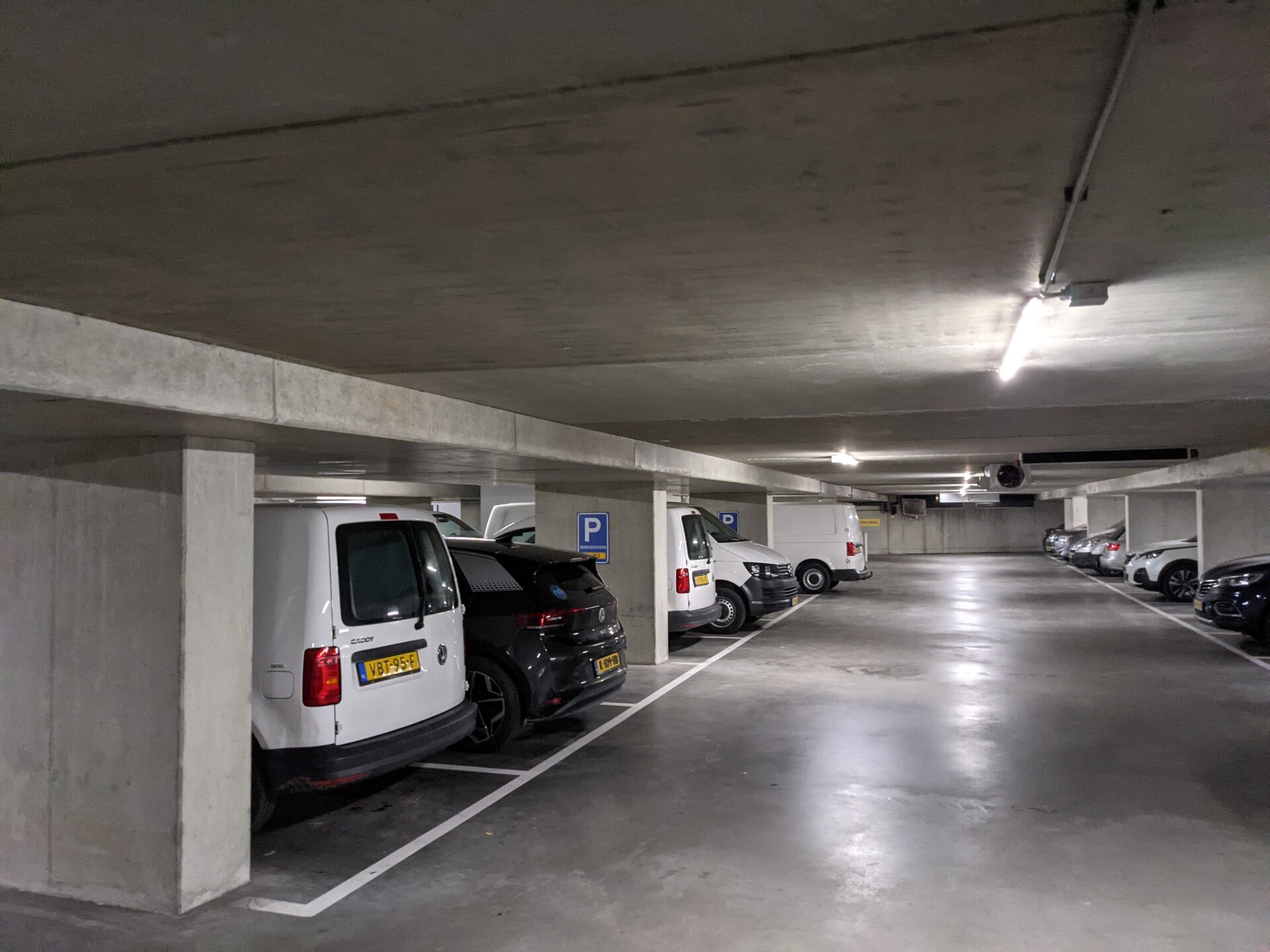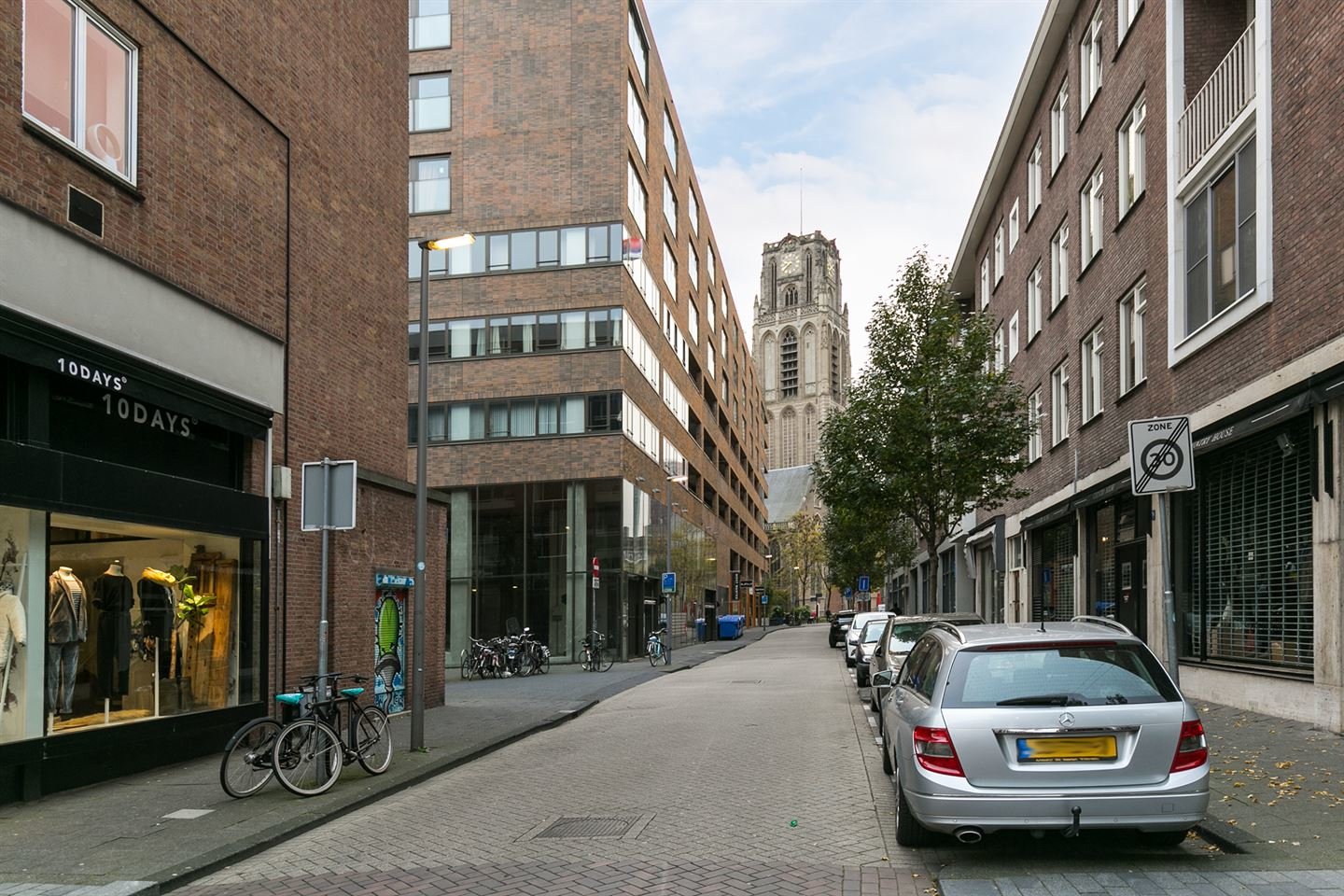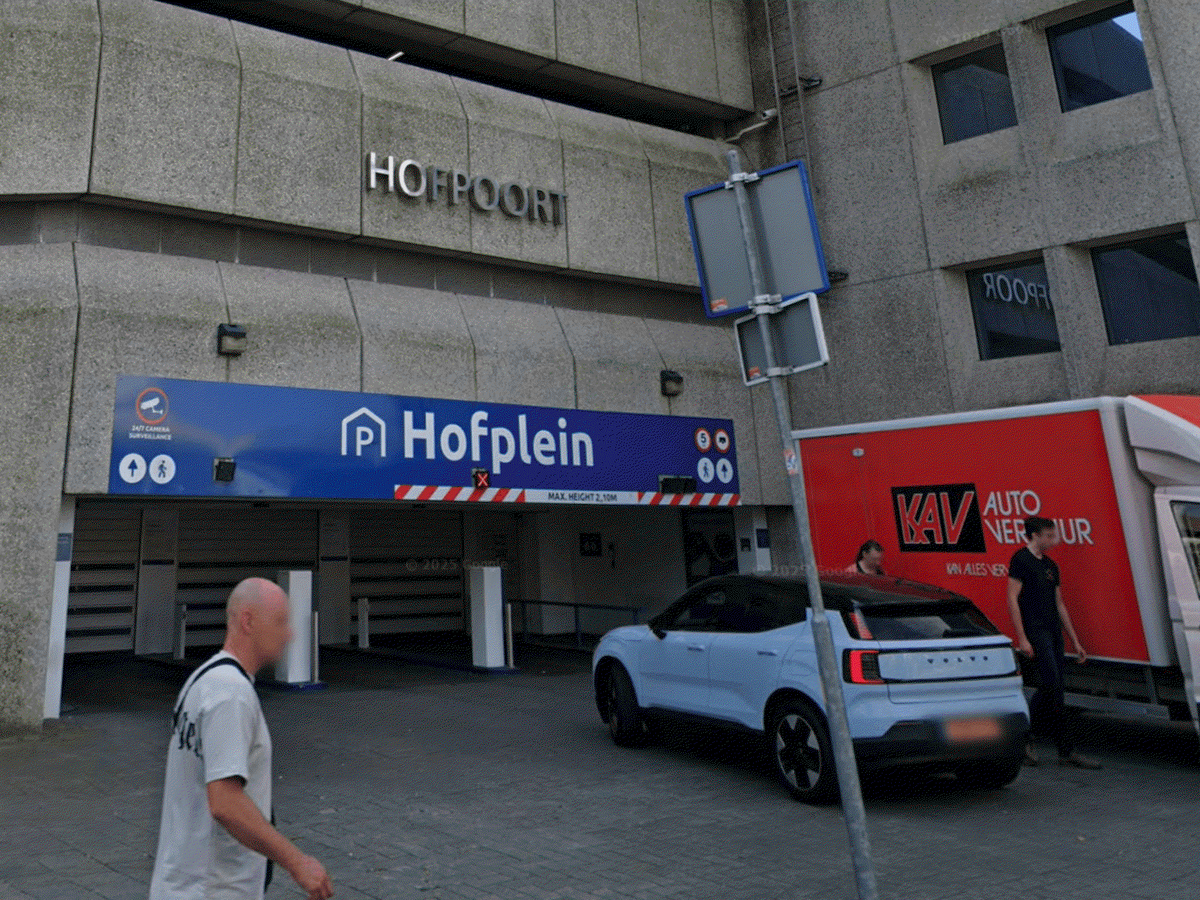





Find parking near Ommoord, Rotterdam Centrum, Rotterdam
Ommoord is a neighborhood located in the northwest of Rotterdam's Prins Alexander district, bordered by A20 highway to its south, Rotte River to its north, Zevenkamp neighborhood to its east, and Terbregseveld to its west. Ommoord stands out among Rotterdam neighborhoods due to both size and population density; making it one of its biggest.
Ommoord was established as a residential neighborhood after centuries of history had made the region uninhabitable by marshes created from peat extraction for fuel extraction. Mention of Ouwe Moor, meaning old marsh, dates back to 1300. By 1843 plans had been drawn up to drain these peat bogs; however it wasn't until 1859 when practical plans were presented to drain this land and drain any remaining peat bogs in Rotterdam and northeast Rotterdam.
Before the land was drained in 1867, its dikes and canals were strengthened or raised. Tenants who had their land expropriated received notice to clear out their fields by 1868. As part of reorganizing a newly drained polder, everything was leveled and a new land division plan created. On October 26, 1866, Prince Alexander of Waardenburg laid the first stone for what would later become the Prins Alexander engine in Kralingse Veer. In August 1869, Prins Alexanderpolder went into operation, and three years later the first pieces of drained land were rented. By 1872, however, most parts were relatively dry but sales of land had to wait until canals and ditches had fully functional canals and ditches before selling began again. Ground level ended at 6.30 meters below sea level in 1873 for farming and livestock breeding purposes - on May 31, 1873 the government officially named this polder "Prins Alexanderpolder."
Nearly a century ago, this area served primarily as a horticultural region, connected by Ommoordseweg to Terbregge and Oud Verlaat by winding roads. Due to a surge in housing demand within Rotterdam region, Rotterdam-Capelle structural plan was released in 1959 to establish new residential neighborhood of approximately 50,000 homes.
Ommoord neighborhood was designed in the 1960s according to Lotte Stam-Beese's urban planning concept. Within its central area is high-rise construction while low-rise buildings can be found along its edges. Ommoord is known for its extensive green spaces and open spatial design - in fact on December 29th 1965 Alderman H Bavinck drove the first pole for Kellogg ERA flat at...
Mobypark provides affordable and hassle-free parking solutions in Ommoord. Through our app, you can reserve a parking space ahead of time so that when you arrive you have a guaranteed spot waiting for you. Whether visiting for one day or extended stays - Mobypark locations make exploring all that Ommoord has to offer easier while our hassle-free service makes parking hassle-free. Book with Mobypark for hassle-free, budget parking needs now.
Parking rates near Ommoord
Parking time
Mobypark parking rates
1 hour parking
from € 1.00
24 hours parking
from € 3.00
1 week parking
from € 30.00
1 month parking
from € 100.00



